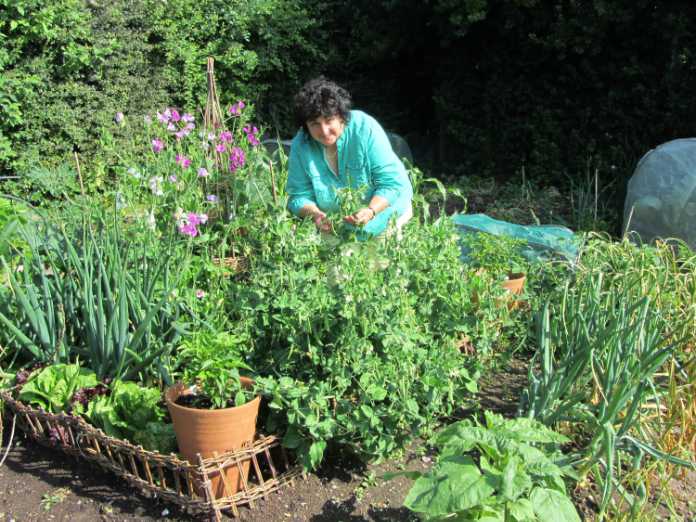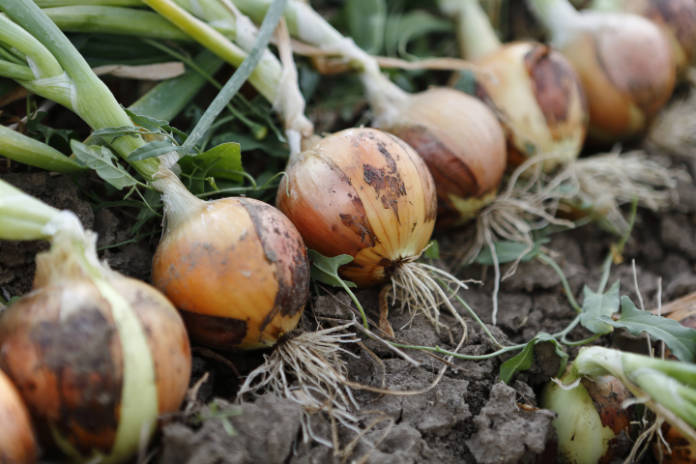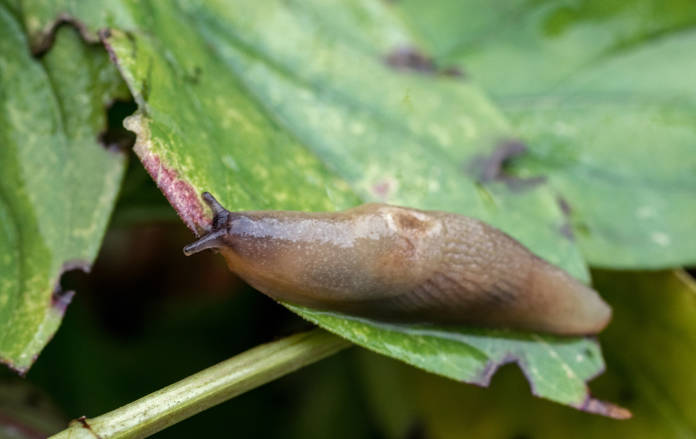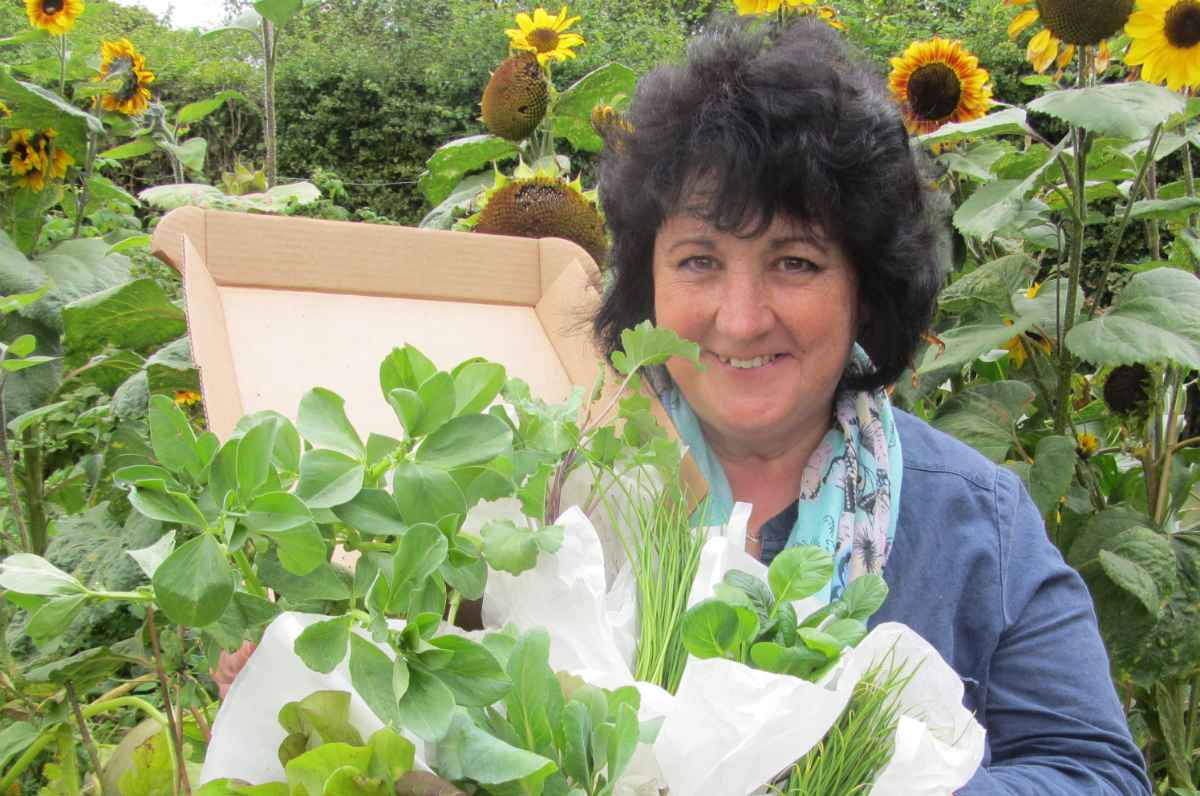By September, gardeners will be seeing gaps in their vegetable plots where summer favourites such as peas, lettuces, beetroot and broccoli have given their all and are ready to be confined to the compost heap.
But rather than leaving the veg plot full of gaps, it makes sense to get some new residents into the soil, for gentle winter cropping or early harvests next year.

Gardening expert Pippa Greenwood, a regular panellist on BBC Radio 4 Gardeners’ Question Time, who runs her own online gardening store (pippagreenwood.com), says: “Bought in early to mid-September, small plants will soon establish as there is still some warmth in the soil.”
Vegetables to grow in autumn
She grows a range of veg from autumn plantings and her favourites include:
Tatsoi
View this post on Instagram
“This is a classic Oriental vegetable with a mouth-watering, slightly mustardy flavour, with a wonderful crunch when braised or added to stir-fries or salads,” says Pippa. “It is worth netting these if you have a sizeable local pigeon population, but they are really hardy.”
Pippa says gardeners could be harvesting the leaves by the end of autumn and early winter, depending on where you live and on the weather (the colder it is, the later it will be).
Harvest the outermost leaves as you need them and don’t cover the plant during winter, as it is tough enough to withstand harsh temperatures. It may give you leaves throughout winter, before running to seed in spring.
Onions

“Japanese bunching varieties or the classic spring or salad onion do really well if grown from small plants at this time of year. The bunching ones are often sown several seeds to a ‘cell’, and these can be planted out as one,” says Pippa.
“As the bulbs develop, they start to push away from each other with the pressure and so space themselves adequately,” explains Pippa. “I do suggest planting the young salad onions out individually, though.”
The onions should be ready to harvest in late spring and early summer.
Overwintering cabbages
View this post on Instagram
“For a spring harvest, these are a classic for planting in September and they, too, are great shredded into salads, lightly steamed or braised, or in stir fries,” says Pippa. “I always cover these with taut netting, or grow them in a mesh-covered frame, just to ensure that any late-flying cabbage white butterflies and the local pigeons don’t get there before I do.”
Purple-sprouting broccoli
View this post on Instagram
“These are always so welcome with their early harvest,” says Pippa. “Make sure you firm the young plants in really well and you’ll increase the cropping when the time comes. I repeat the re-firming every week or so for the first month or two. Pigeons like these too, so a mesh-covered frame may be needed.”
Again, this crop should be ready to harvest in spring.
Radicchio
View this post on Instagram
“Radicchio is one of those vegetables which seems to be gaining popularity year on year, and it’s no wonder” says Pippa. “When you plant them out, don’t be surprised that they are a rather boring green, sometimes with a very slight flush of that coveted red.
“As the plants grow, they colour up more and once they have experienced the first of the cold weather, the richest red wine colour that contrasts so stunningly with the wide, bright white veins, really develops in earnest.”
Harvest the leaves once good new growth has appeared, which could be as soon as late autumn or early winter, although again it depends on where you live and the weather. Alternatively, leave it a bit longer to develop a more cabbage-like head.
Tips for successful vegetable growing in autumn
Prepare your soil
View this post on Instagram
Before planting out your plug plants, weed the area and add well-rotted manure or compost to it, mixing it in well to give the young plants a boost. However, don’t give them extra feed until spring, or you’ll encourage ‘soft’ growth, which may damage them in the cooler months, she says.
Watch out for slugs

“At this time of year, soft, young, juicy plants are really appealing to slugs,” says Pippa. “Regularly collecting up slugs is always worthwhile, and it is worth using the nematode control (harmless to wildlife, pets and humans) before or very soon after planting.
“Use now, while the soil is still warm and moist, and you will prevent a lot of damage to the plants as they start to grow away, and stop many of them laying their eggs too.”
Make small spaces work
View this post on Instagram
Even if you have a very small plot, you can grow many overwintering vegetables – including radicchio and onions – in large containers, which you can keep close to the kitchen for harvesting, Pippa notes.
Avoid planting veg from the same family in the same spot
For example, if you’re filling the gaps of an existing vegetable plot, don’t plant new brassica plants where your summer brassicas were grown, she advises. So you wouldn’t plant purple sprouting broccoli where you have just finished harvesting calabrese or summer broccoli. Try to rotate the vegetable families so none are grown in the same place two years running.
All these vegetables are available as small UK-grown plants in peat-free compost from pippagreenwood.com.
Best-selling grow your own fruit and veg books
Stuck for inspiration? Check out our list of best-selling Amazon products!
- Hashman, Joe (Author)
- English (Publication Language)
- 193 Pages - 02/16/2012 (Publication Date) - Constable & Robinson (Publisher)
- Hardcover Book
- Carol Klein (Author)
- English (Publication Language)
- Royal Horticultural Society (Author)
- English (Publication Language)
- 304 Pages - 09/01/2012 (Publication Date) - Mitchell Beazley (Publisher)
- RHS Step-by-Step Veg Patch: A Foolproof Guide to Every Stage of Growing Fruit and Veg
- Product type: ABIS BOOK
- Hardcover Book
Last update on 2024-03-28 / Affiliate links / Images from Amazon Product Advertising API
You may be interested in…
This article may include affiliate links to products and services where we may receive a small fee to support the running of this site if you make a purchase or is a sponsored article from one of our select editorial partners providing valuable advice and information to our readers.



































































